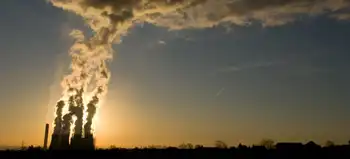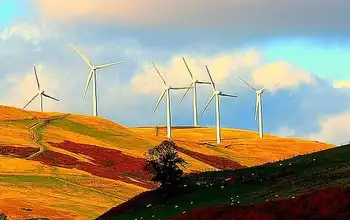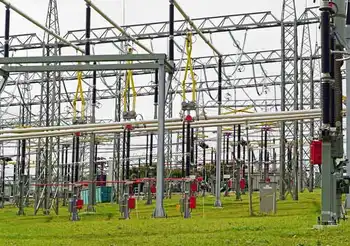Idled Bruce reactors to be restarted
TORONTO, ONTARIO - Ontario will refurbish two idle nuclear reactors at a plant on Lake Huron as it faces continued challenges to meet demand for electricity, Energy Minister Donna Cansfield says.
She wouldn't put a price tag on the project at the privately run Bruce Power station near Kincardine but previous estimates have topped $2 billion.
"It will be done shortly," said Cansfield, who took over the portfolio in the fallout from the resignation of former finance minister Greg Sorbara.
Sources say the deal, struck tentatively last March, has been signed and will be announced soon.
The reactors, which will take years to spruce up to produce electricity, are capable of generating 1,500 megawatts, enough power for a million homes.
But an opposition critic said the Liberal government should not be making such a major financial commitment to nuclear power without a full public debate because cost and time overruns on previous nuclear projects led to more than $20 billion in red ink.
"Before the McGuinty government tries to sign a deal in the backroom quietly with some private company, the people of Ontario need to be allowed to debate this very serious issue," said New Democrat Leader Howard Hampton.
Another call for a public debate on Ontario's nuclear future — including concerns the government is about to order the building of new nuclear plants — will come today at a demonstration planned by Greenpeace at Queen's Park.
The previous energy minister, Dwight Duncan, warned in August that tight power supplies and rising demand, mean "we have to look seriously at nuclear" as a solution.
Cansfield said efforts to re-start the two Bruce reactors should not come as a surprise because they have been talked about for months, as Ontario looks for ways to provide a reliable energy supply.
A hot summer left the province in a hydro squeeze, issuing warnings for people to reduce consumption and resulting in brownouts.
Forecasts suggest Ontario will have to fix or replace 25,000 megawatts of supply — about the same amount of power tapped on a typical summer day — by the year 2020.
"We have an energy crisis we have to deal with... we're going to have to look at all kinds of supply in order to do that," Cansfield said, noting the Ontario Power Authority will report on options for the future later this fall.
Hampton accused the government of doing little to encourage a comprehensive energy conservation plan, such as encouraging the retrofitting of older homes and apartment buildings with insulation, so that it can go ahead with more nuclear plants.
"Their scheme all along has been to let things become more serious... and then say, `Oops, the McGuinty government has now decided nuclear is the only answer.'
"They want to be very quiet about this because they know it is a contentious issue," the NDP leader said.
Related News

No time to be silent on NZ's electricity future
AUKLAND - The Electricity Authority has released a document outlining a plan to achieve the Government’s goal of more than doubling the amount of electricity generated in New Zealand over the next few decades.
This goal is seen as a way of both reducing our greenhouse gas (GHG) emissions overall, as everything becomes electrified, and ensuring we have a 100 percent renewable energy system at our disposal. Often these two goals are seen as being the same – to decarbonise we must transition to more renewable energy to power our society.
But they are quite different goals and should be clearly differentiated.…




